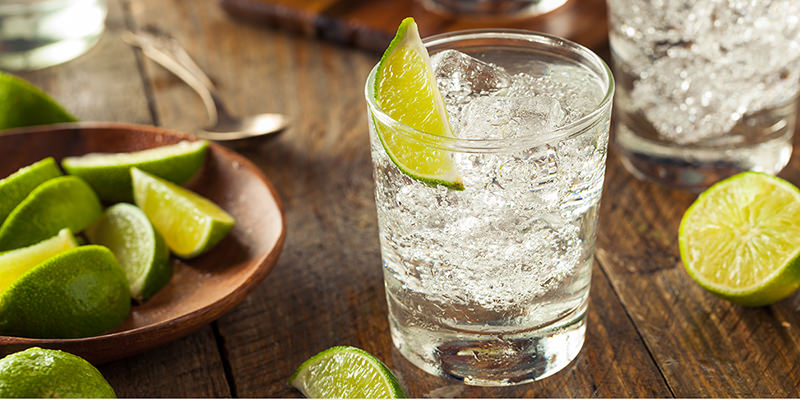First Scotland lost its independence referendum. Then Brexit happened. Soon Scotch, the region’s namesake drink, will be less popular in Scotland than gin.
That’s according to data from the research company Euromonitor, which estimates that Scottish people will be buying more gin than Scotch whisky by 2020, the BBC reports. In four years, Scotch sales will fall from £1.28 billion to £1.17 billion, and gin sales will rise from £1.07 billion to £1.37 billion.
But the transition from a legally protected drink that can only be made in Scotland to the more generic gin didn’t come out of nowhere. Scotland produces 70 percent of gin consumed in the UK — and the UK is quite the gin-loving location. Tons of gin microdistilleries have opened in Scotland to feed the masses of English people downing juniper juice at gin-themed hotels, and the growth even inspired a company to pay a “gintern” £20,000 to go around tasting all the different gins and “ginspiring” people.
To be clear, Scottish Scotch is still a much bigger business than Scottish gin in the global market (although British gin exports to the U.S. increased 553 percent in the last 10 years).
Inside the country, though, consumers have a bit of a “drain the Scottish peat swamps” attitude. The drink has an image problem as a “low-rent” drink, Jeremy Cunnington, an analyst at Euromonitor International, told the BBC. To understand why, compare it to the good ol’ American beer Pabst Blue Ribbon. It’s bottom of the barrel, $2 tall boy hipster beer here in America, but in China, PBR sells for around $44 a bottle.
Just like PBR became cool again in America, gin became cool again in the UK. You can thank the cocktail renaissance and the irresistible G&T for that.
On the other hand, Scotch producers shouldn’t fret too much. These numbers are just prognostications, and estimates can be wrong. A lot can happen in four years.

